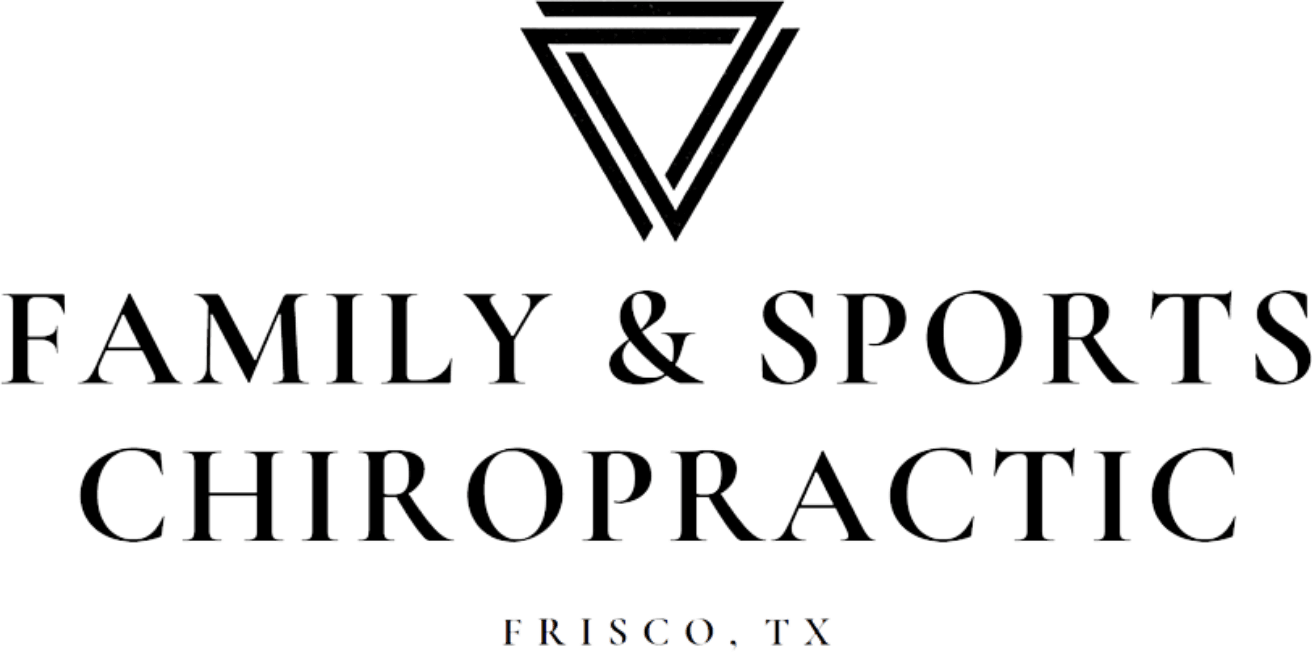WHAT IS SCIATICA?
Sciatica, characterized by shooting pain that radiates along the sciatic nerve, can be a challenging condition to deal with. While proper medical attention is essential, there are several at-home care strategies that can help manage the pain and promote the healing process.
EFFECTIVE SELF-CARE TECHNIQUES
-
Rest and Modify Activities: Allow yourself ample rest to avoid aggravating the sciatic nerve. Limit activities that involve prolonged sitting, heavy lifting, or repetitive movements that strain the back. However, it’s important to strike a balance between rest and gentle movement.
-
Heat and Cold Therapy: Applying heat or cold therapy can bring relief to sciatica pain. Use an ice pack or a cold compress wrapped in a thin cloth on the affected area for 15-20 minutes several times a day to reduce inflammation. Alternatively, a heating pad or warm compress can soothe the muscles and improve blood flow to the area.
-
Gentle Stretching and Strengthening Exercises: Engage in gentle stretching exercises to relieve sciatic pain. Perform simple lower back stretches, hamstring stretches, and piriformis muscle stretches, as these areas are often associated with sciatica. Additionally, strengthening core muscles and maintaining good posture can provide stability and support to the affected area.
-
Over-the-Counter Pain Medication: Over-the-counter nonsteroidal anti-inflammatory drugs (NSAIDs) such as ibuprofen or naproxen can temporarily alleviate pain and reduce inflammation. Remember to follow the recommended dosage and consult with a healthcare professional if you have any concerns.
-
Maintain Proper Posture and Ergonomics: Ensure that your workstations, chairs, and seats are ergonomically designed to support your back and promote good posture. Avoid slouching or sitting for extended periods without breaks. Maintain a neutral spine position to minimize pressure on the sciatic nerve.
-
Alternative Therapies: Consider alternative therapies like acupuncture, chiropractic care, decompression, or massage therapy. These complementary treatments can help alleviate sciatica pain by targeting specific pressure points, improving spinal alignment, and releasing muscle tension.
-
Weight Management: Excess weight can strain the back and exacerbate sciatica symptoms. Maintaining a healthy weight through a balanced diet and regular exercise can reduce pressure on the sciatic nerve and support overall healing.
The impact of sciatica can be pretty extreme – the pain can be debilitating in some cases, and can come out of seemingly nowhere. But fortunately, many cases of sciatica are able to be self-treated and all can be managed by a medical professional. You don’t have to be in pain, call us today! (972) 294-5534.
